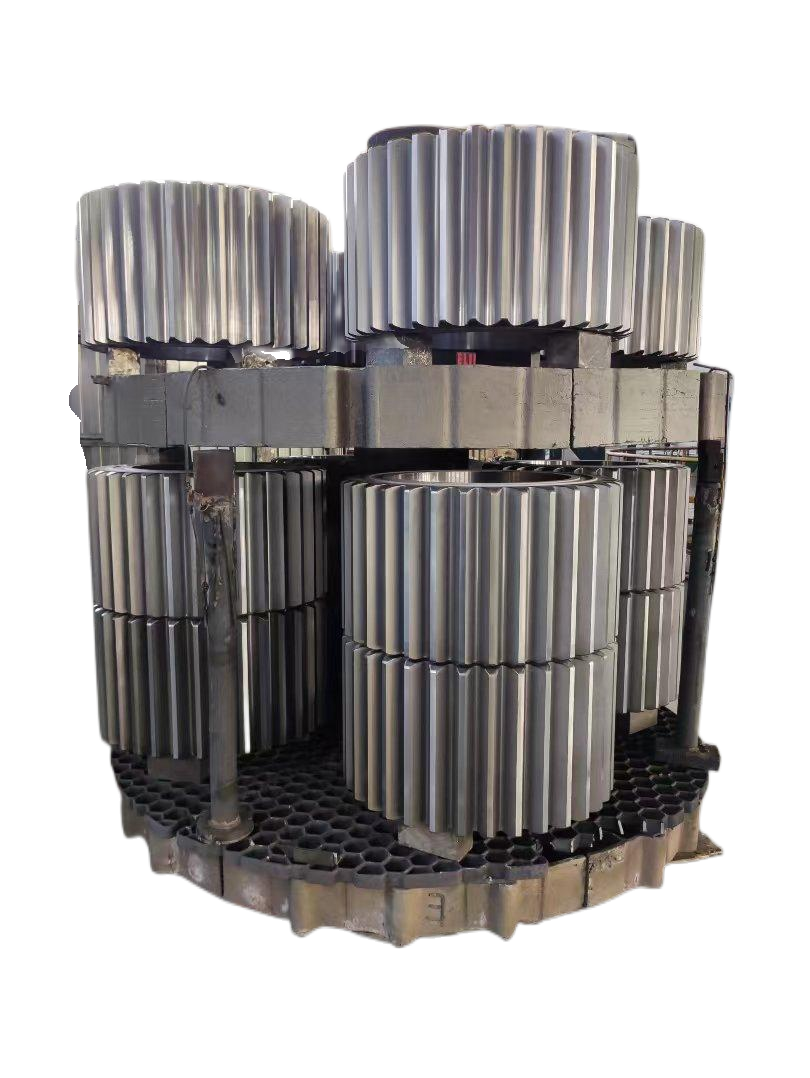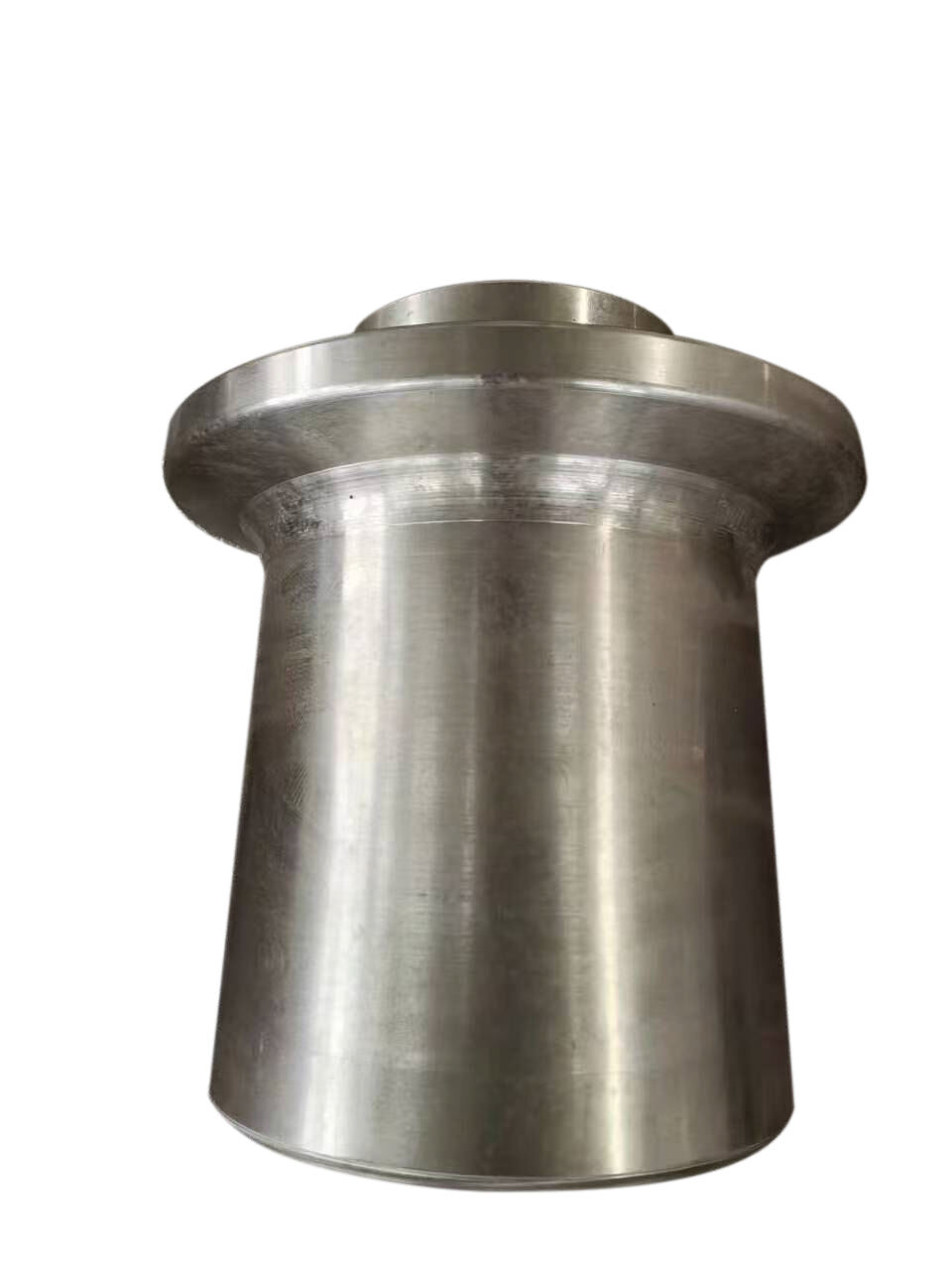lost foam casting materials
Lost foam casting materials represent a sophisticated manufacturing process that utilizes expandable polystyrene foam patterns to create complex metal castings. The process begins with high-quality expandable polystyrene beads, which are molded into precise patterns of the desired component. These patterns are then coated with a specialized refractory coating that serves as a barrier between the foam pattern and the molten metal. The coated pattern is surrounded by unbonded sand in a flask, and when molten metal is poured onto the pattern, it vaporizes the foam while taking its exact shape. The sand provides support during solidification, resulting in highly accurate castings. Additional materials crucial to this process include release agents for pattern molding, adhesives for assembly of complex patterns, and various types of sand with specific grain sizes and distributions. The material selection is critical as it directly impacts the quality of the final casting, with factors such as foam density, coating permeability, and sand properties all playing vital roles in achieving optimal results. This process is particularly valuable in producing complex automotive components, pump housings, and industrial machinery parts where intricate internal geometries are required.

